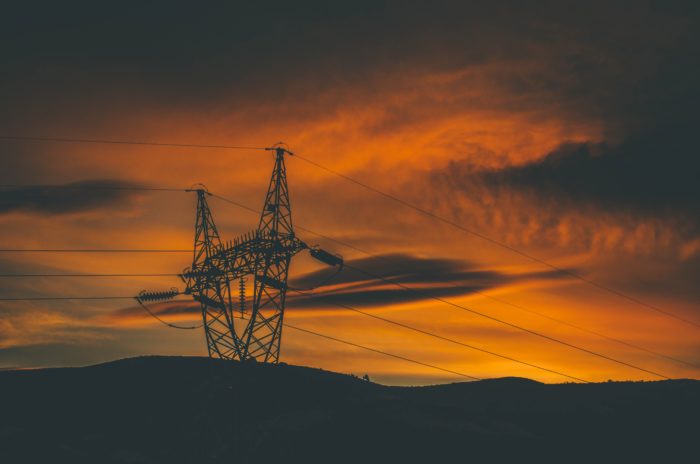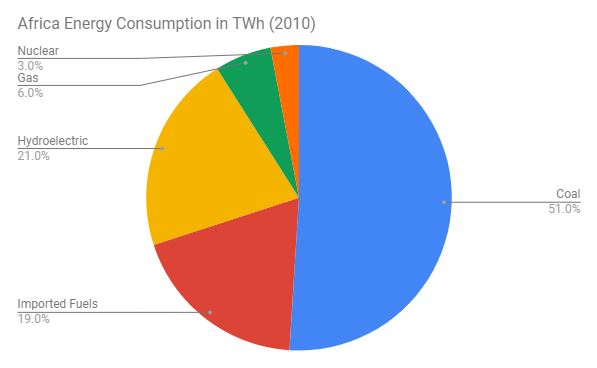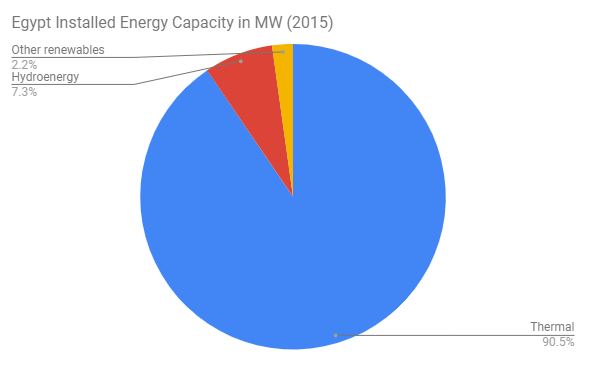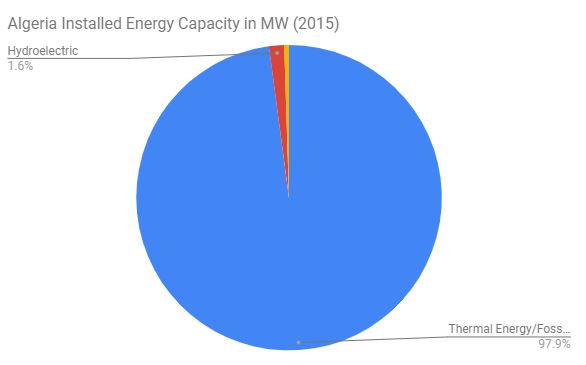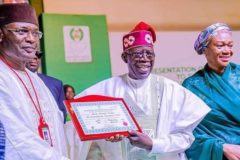Africa has a potential energy generation capacity of 1.2 terawatts excluding solar and more than 10 terawatts including solar, according to a McKinsey ‘Brighter Africa’ report. However, as at 2016, its actual energy generation capacity was only 28 Gigawatts (excluding South Africa). The actual capacity doesn’t match the potential capacity because many of the continent’s rich energy resources have not been exploited. For example, the continent has high levels of sunshine with an average of 325 days of bright sunlight every year but as at 2016, installed solar PV capacity stood at just over 2 gigawatts. Although this represented an improvement of about 2000% from 2009, it is far from the potential the continent can generate from solar energy.
In 2010, 51% of energy consumed on the continent came from coal, 19% from imported fuels, 21% from Hydro, 6% from Gas and 3% from Nuclear power. A total of 444 TWh was consumed as at that time. We take a look at the energy mix in five of Africa’s largest economies by GDP using their total installed capacity as at 2015 and/or 2018.
Nigeria
As at 2015, Nigeria had an installed energy capacity of about 10,480 MW. Fossil fuels had the biggest share with 80.3%, next was hydroelectric with 19.5% while the rest came from other renewable energy sources.
In an updated 2018 energy breakdown, Nigeria now has total installed capacity of 12,522 MW, 81% (10,142 MW) from fossil fuels and the rest from hydroelectric. About 20 million households in Nigeria are reported to be without power. Despite the relatively high energy capacity, Nigeria only generates between 4,000 – 5000 MW on most days.
South Africa
As at May 2018, South Africa had a total installed energy capacity of 49,555 MW as against 47,280 MW in 2015. For 2018, 43,744 MW comes from thermal energy (majorly coal), 2,732 MW from hydroelectric and 3,079 MW come from other renewable energy sources.
As at 2015, 86.7% (40,991.76 MW) came from fossil fuels, 3.9% from nuclear, 1.4% from hydroelectric plants and 7.1% from other renewable energy sources. There are 1 million households without power in South Africa.
Egypt
Egypt had an installed energy capacity of 38,880 MW as at 2015. Of this total, 35,186 MW (90.5%) came from fossil fuels, 2,838 MW from hydroelectric while 855.36 MW come from other renewable energy sources. As at then, 99.6% of the population had access to electricity with only 300,000 without it.
Algeria
Back in 2015, Algeria had an installed energy capacity of 17,120 MW. Of this figure, 97.9% came from fossil fuels, 1.6% from hydroelectric and 0.5%* from other renewable energy sources. Algeria also has a successful electrification rate of 99% with only 400,000 people without electricity as at 2015.
Angola
Lusophone African country, Angola had installed energy capacity of 3,433 MW as at 2015. Of this amount 45.2% came from fossil fuels, 54% from Hydroelectric and 0.9% from other renewable energy sources. 15 million Angolans were without electricity at the time with only 30% of the population having access.
Conclusion
With the exception of Angola, the five biggest African economies were dependent on fossil fuels for no less than 80% of their energy capacity as at 2015. Things are however gradually changing, for example since 2011, South Africa has added more than 1300 megawatts of solar PV capacity and is currently constructing a further 1500 megawatts. Morocco on the other hand has set a target of 2000 MW of solar power by 2020. A combined capacity of 7000 megawatts of solar power is expected to be constructed in Egypt, Kenya and Nigeria by the same year. Pay-as-you-go solar startups including those leveraging mobile money platforms have also seen an increase in funding in the last few years.
More and more African countries are seeing the need to increase the percentage of renewable sources in their energy mix. Although coal and gas would be the dominant energy sources by 2040 representing 23% and (more than) 40% respectively, over 25% of total energy by 2040 is expected to come from clean sources according to McKinsey’s Brighter Africa report.







